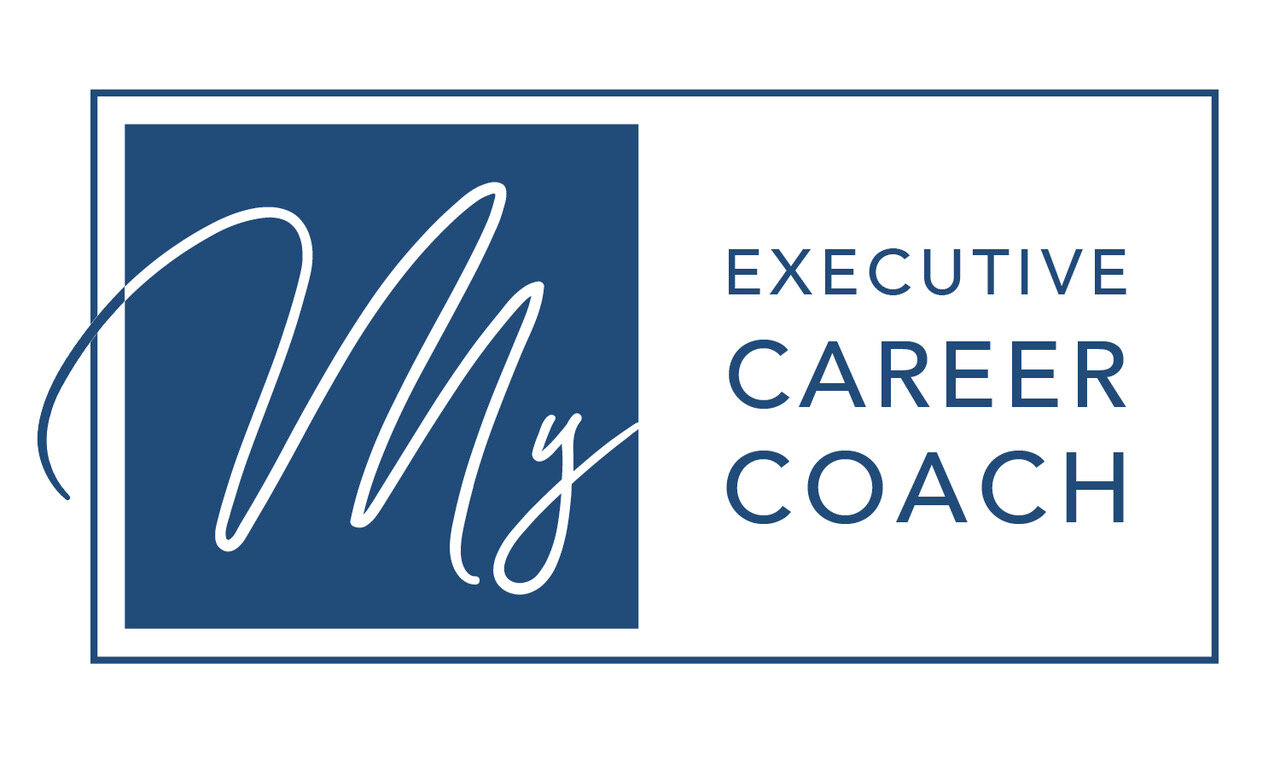By Linda Van Valkenburgh, MS, CCMC, CJSS
Here we are at Day 3 of the 2011 Career Thought Leaders Conference ( #2011CTL ). Hard to believe! This has been a most informative conference. It has also been a time to connect with those I have met and admired since our last symposium, and meet new colleagues loaded with enthusiasm and full notebooks! Networking with other coaches has been a true give and take of best practices to achieve the one goal at hand: helping our clients get to where they want to be in the shortest time possible.
Here are some TOP industry thought leaders to follow on twitter. They shared openly and deeply from their years of work in the careers industry. @WendyEnelow @LouiseKursmark @JasonAlba @CoachKimAvery @CEOCoach @CFOCoach @RossMacP @CSuiteRecruiter @BarbaraSafani @ElisabethSPark @WendyTerwelp @SusanWhitcomb
Our day started with Understanding What Recruiters Want in A-Quality Candidates. Recruiters ask critical questions to companies to discover their values, vision and communication process. They say that firms want candidates with strong value sets and proven examples to show off these values. Culture fit is the most difficult part of the recruiting process. Determining the candidates values is a most important ingredient. What is the return on investment for the company? The recruiter finds out from a candidate’s work experience how much money was saved, earned, etc. They elicit quantifiable results and make sure that the candidate is able to discuss them. What are some of the deal breakers in general? Misrepresenting your education, work history, compensation. You can count on the fact that all information will be verified including your W-2.
Some other pearls: Respect a recruiters time as their time is money. LinkedIn is a must – recruiters will look here. Be ready to support your validation stories with results and then say what you learned from that accomplishment and how you applied it later. What are your “yardsticks?” What measurements were used?
Recruiters prefer to see a candidate volunteering within their industry, demonstrating the use of their skills for a non-profit (for example), vs. an empty consulting place holder on their resume.
We compared Job Search and Career Management. Each discipline has commonalities and differences. Networking remains the most effective way to manage your career. Consistently and constantly network. Remember, networking is a verb, an action word!
Another career management strategy is building your digital footprint. It takes a while, however with articles, LinkedIn, blogging, commenting, starting discussions in peer communities and websites such as Google, BranchOut, Zoominfo and SlideShare, you can build your footprint.
Your LinkedIn URL should be your mobile, portable home base on the internet. Put the URL within your email signature, business cards, resume, etc. Do your online networking 15 minutes per day 3-4 times per week instead of 4 hours clumped together on a Saturday.
It has been underscored here numerous times that it is so important to manage your reputation. Use websites to help you with this such as addictomatic.com, alias.com, vizibility.com. Management of your reputation deals with “Who knows about you” not “Who do you know” – If you are not managing this, you are INVISIBLE on the net!
Optimize your LinkedIn profile for great SEO and engagement. Let people see more of what you can do by uploading a SlideShare to your profile page. Easy on the bullet points – as a matter of fact, create one without bullet points – and let a recruiter, HDM, or industry related colleague linger over this very interesting portion of your profile!
It is recommended that you update your status regularly staying “on brand” and comment on other relevant statuses. When you do this, you leave your “footprint behind” (Name & headline). Make sure that your headline does not say something mundane like: Owner / President You want to leave your succinct, powerful, tagline behind!
Use INTRODUCTIONS to get to a desired 2nd degree contact. Now you can reconnect with your first degree contact and remind them about you while asking for an introduction to the 2nd degree contact. Brilliant!
Join at least 50 groups, relevant to your industry. Within a group, you can message people directly without being their 1st degree connection. Do the math! If you joined 50 groups with 5,000 members each, you could directly reach out to over 250,000 contacts within your industry! More brilliance!
Follow companies. This gives you the ability to get emails when something changes or happens within the company. Find out what’s relevant to the audience. Respect them and have a real conversation.
There will be more to come in a future blog. There were so many tremendous speakers with strong and impactful messages. We even walked into the future looking at new options for clients – what trends and unmet needs may be waiting.
#2011CTL was an awesome coming together of great minds geared to the end result of helping you, our clients, get where you want to be – in a job that you wake up to on a regular basis saying “I love my job, I love my life!”
Please leave me a comment about today’s post. As always, I wish you every success.
